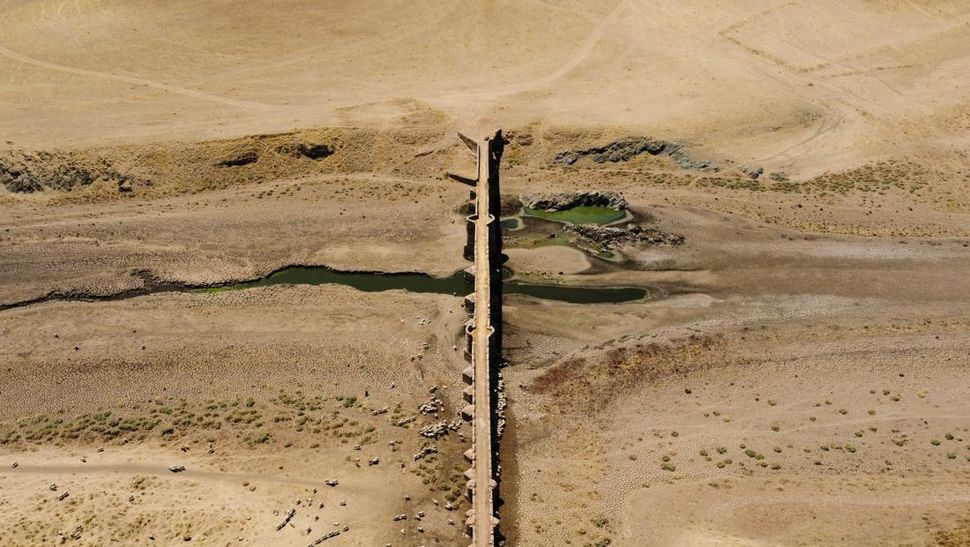The increasing temperature of the Earth due to global warming poses a threat to living things, including humans . But are humans threatened with mass extinction due to global warming?
Quoted by Live Science , the current rate of extinction of life on Earth does not qualify as a mass extinction event. Although the current trend is towards this.
So far there have been five mass extinctions that have occurred throughout Earth’s 4.5 billion year history. The five previous major mass extinction events were the Ordovician-Silurian extinction that occurred about 440 million years ago.
The Late Devonian extinction occurred about 365 million years ago, followed by the Permian-Triassic extinction ( 253 million years ago). The Triassic-Jurassic extinction (201 million years ago), and the Cretaceous-Paleogene extinction occurred about 66 million years ago.
To quote the National History Museum ‘s website , a mass extinction is when the number of species disappears much faster than they are replaced. Usually, an extinction falls into the category of mass extinction if 75 percent of the species on Earth are lost in a short period of time, about 2.8 million years according to geological time.
Katie Collins, Curator of Benthic Molluscs at the Museum, said it was difficult to identify when the mass extinction may have started and ended. But the five previous extinction events can be a reference when the sixth mass extinction will occur.
However, Katie admits the current rate of species extinction is alarming. “The current extinction rate is between 100 and 1000 times higher than it was during the pre-human background rate of extinction, which is very surprising. We are actually headed for a sixth mass extinction,” he said.
When a species becomes extinct, its role in the ecosystem is usually replaced by a new species, or another species becomes extinct as well. The normal rate of species extinction on Earth is estimated to be between 0.1 and 1 species per 10,000 species per 100 years. That is called the background rate of extinction.
On the other hand, Kunio Kaiho, professor emeritus from the Department of Earth Science, Tohoku University, Japan, stated that the background rate is useful for experts to understand normal extinction rates.
According to him, “5-10 percent of species extinctions in 1 million years correspond to background rates. Higher rates “such as more than 10 percent of species extinctions in a short period (such as hundreds of years) are significant events,” he said.Kaiho added that the mass extinction caused more than 60 percent of species to be wiped out. But apart from that, there are minor mass extinctions that occur more frequently.According to Kaiho in the journal Biogeosciences, climate change is causing extinction rates to rise. However, the current rate is not yet classified as a mass extinction by a very strict definition.To meet the definition of a mass extinction, scientists must observe the extinction of 60 percent of species and 35 percent of genera (plural of genus). But again, that doesn’t mean Earth isn’t headed for a sixth mass extinction.Kaiho argues, the sixth mass extinction is different from the five previous mass extinctions because it is caused by climate change due to human actions. The climate change, said Kaiho, is gradual rather than drastic or sudden.For this reason, mass extinctions may not occur in the near future. However, there are minor extinctions that will occur.On the other hand, there is a different opinion from David Storch, professor of the Department of Ecology at Charles University, Prague. According to him, human behavior such as habitat changes due to deforestation and pollution, along with excessive hunting of animals, have a more significant role in the current rate of mass extinctions than global warming.”The current mass extinction rate is about two magnitudes higher than the normal extinction rate,” David said.(can/lth)


